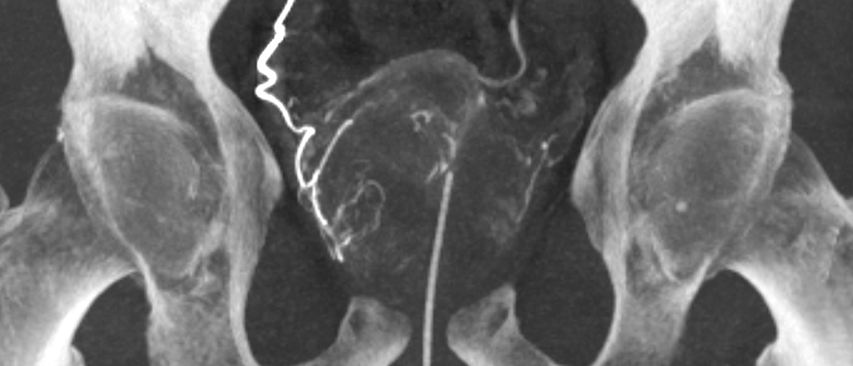Clinical Programs
Histotripsy
Histotripsy is a non-invasive medical procedure that uses high-intensity sound waves to destroy liver tumors. Unlike other treatment methods, histotripsy does not require your doctor to make cuts or incisions, use needles, or rely on ionizing radiation.
Minimally Invasive Image-Guided Musculoskeletal Therapies
Substantial advances in percutaneous image-guided minimally invasive musculoskeletal oncologic treatments offer a robust armamentarium for radiologists for management of patients with cancer who have musculoskeletal involvement.
Prostatic Artery Embolization
Prostatic artery embolization (PAE) is a proven, minimally invasive therapy for bothersome urinary symptoms caused by an enlarged prostate, also known as benign prostatic hyperplasia (BPH). Via a small puncture in the upper thigh or arm, PAE results in shrinking of the prostate and improved urine flow.
Cryoablation for Renal Cell Carcinoma
Cryoablation has emerged as a viable alternative to surgical techniques like partial nephrectomy in many cases. Preservation of normal renal parenchyma is an advantage of cryoablation.
Transcatheter Aortic Valve Replacement (TAVR)
Transcatheter Aortic Valve Replacement (TAVR) is percutaneous placement of prosthetic aortic valve under angiographic guidance. It is considered useful for patients with severe aortic valve stenosis, especially those at higher risk for open heart surgery.
Multi-parametric Prostate MRI
Multiparametric prostate MRI allows us to accurately visualize suspicious prostate lesions and facilitate targeting of those lesions for biopsy, thus improving the accuracy of prostate cancer diagnosis.
High-resolution MRI of the wrist with 3T MRI
This advanced imaging that uses 3T MRI scanners includes isotropic 3D fast spin echo (FSE) proton density-weighted sequence with or without fat suppression, obtained with a 7 cm field of view (FOV), 0.35 mm voxel size, and approximately 5 minutes scan time.








